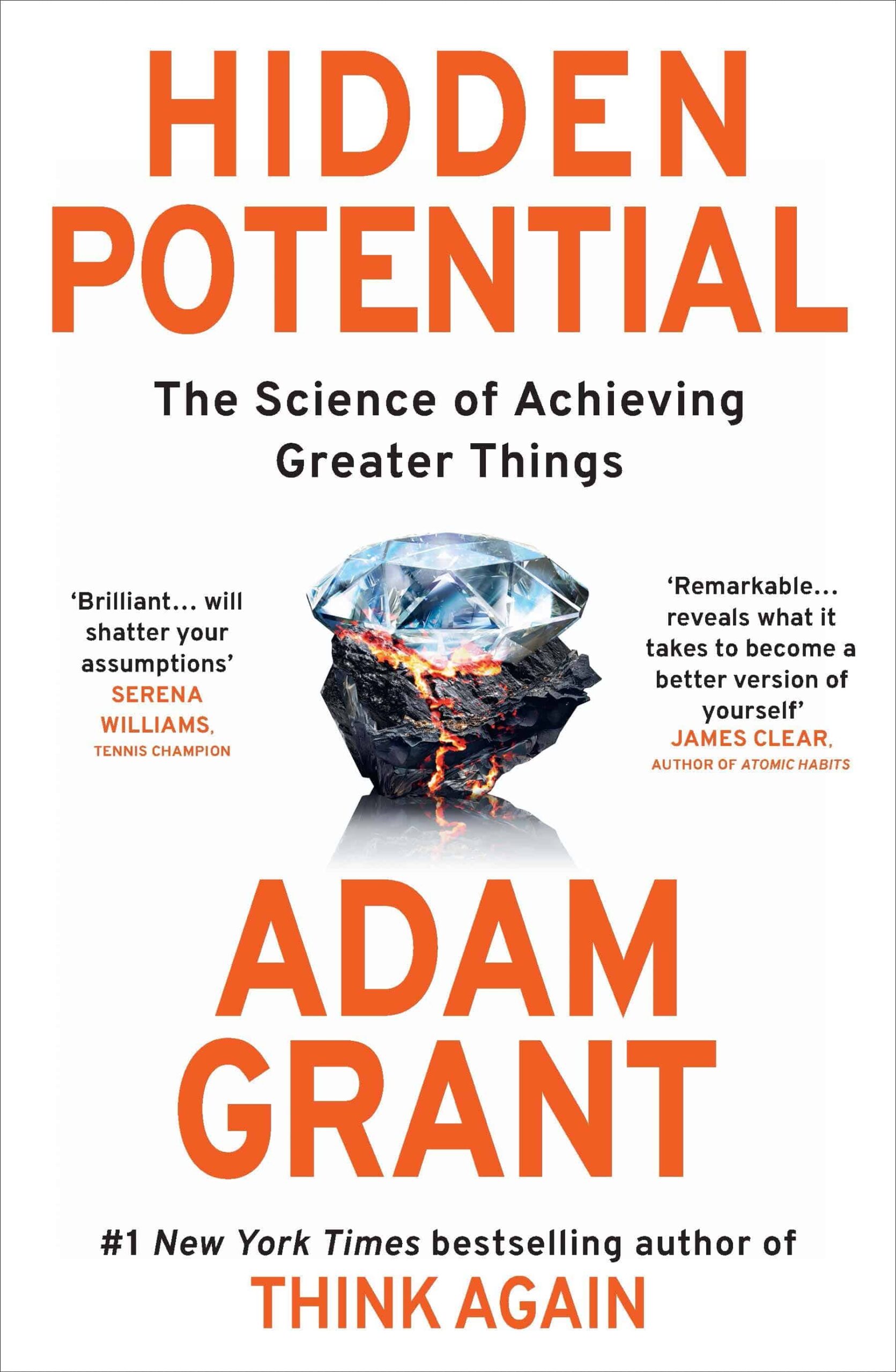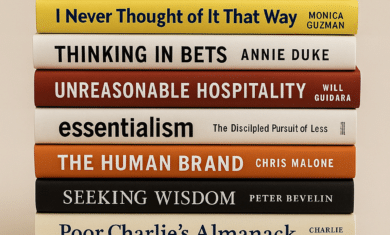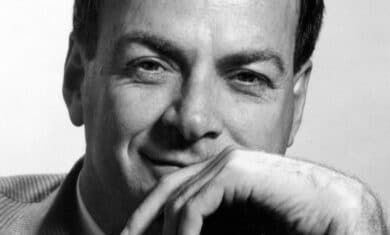A few years ago I wrote about the idea of intentionally making some things more difficult and I recently discovered that this concept has a name: interleaving.
The book “Hidden Potential” has some great examples of that:
I assumed it would be ideal to practice one skill until you make progress, and only then move on to the next one. But rather than repeating the same challenges over and over, Brandon mixes them up. In twenty-minute intervals, Brandon Payne has Steph Curry bouncing from one shooting-and quickness challenge to another. The variety isn’t just motivating—it’s also better for learning. Hundreds of experiments show that people improve faster when they alternate between different skills. Psychologists call it interleaving, and it works in areas ranging from painting to math, especially when the skills being developed are similar or complex. Even small tweaks, like shifting between thinner and thicker paintbrushes or slightly adjusting the weight of a basketball, can make a big difference.
As with many things, my idea was on the right track but it fell a bit short. I did it simply to help mimic real-world performance, but proper interleaving can actually help with learning.
I’ll continue to interleave in my life where it makes sense, like on the driving range, and I can feel even better that it’ll be helping me to improve in multiple ways.




